Making it rain: all the facts on cloud seeding in the UAE
Be the smartest person in the room next time it rains…
Every single time it rains here in the UAE, you can guarantee that somebody will pipe up and claim cloud seeding ‘did it’, like it’s a game of scientific Cluedo. Colonel Rain Mac, in the twin-prop, with a sackful of silver iodide. Of course, the law of averages means that some of these people will be right some of the time, cloud seeding missions do happen quite regularly in the relatively precipitation-poor, sunshine-rich UAE. But just how often does it happen? Does it make a big difference? What are clouds actually seeded with? Where are they seeded with it? And what is the future for cloud seeding in the region?
To find out, we spoke to an expert on how the UAE is ‘making it rain’, Mr. Omar Alyazeedi, deputy director of the National Center of Meteorology (NCM). Here are 10 fascinating facts about cloud seeding in the UAE…
How many cloud-seeding missions does the UAE fly each year?
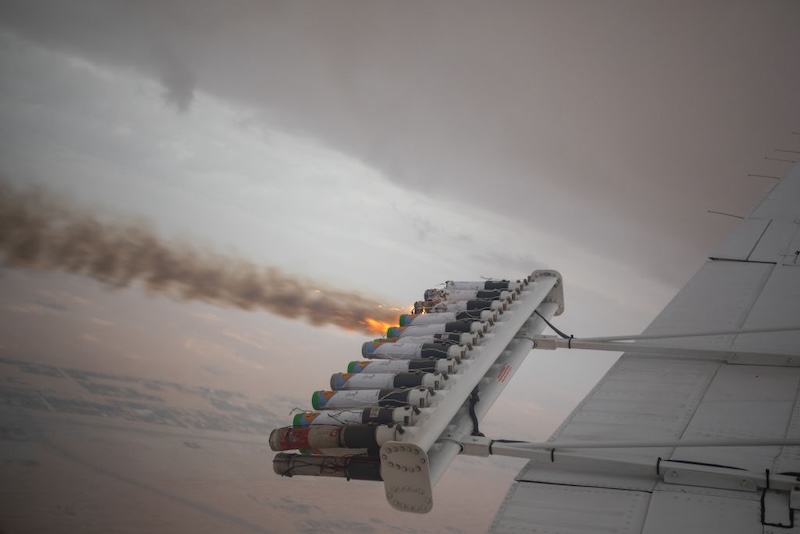
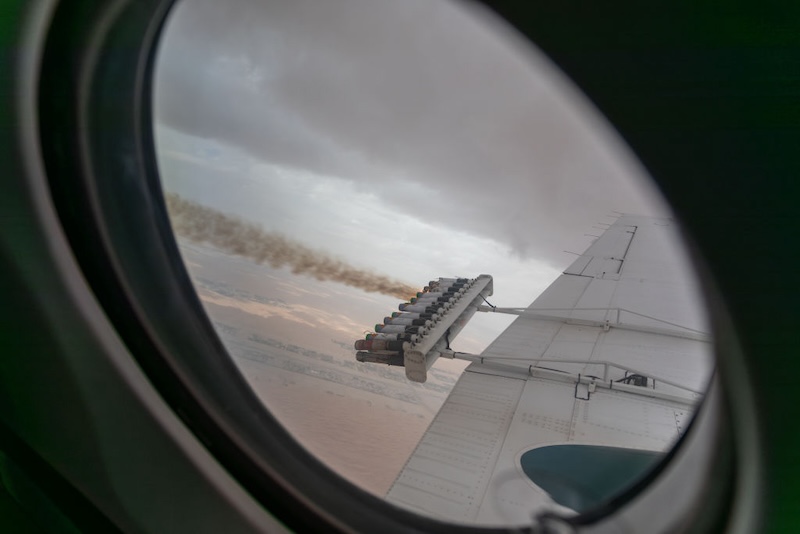
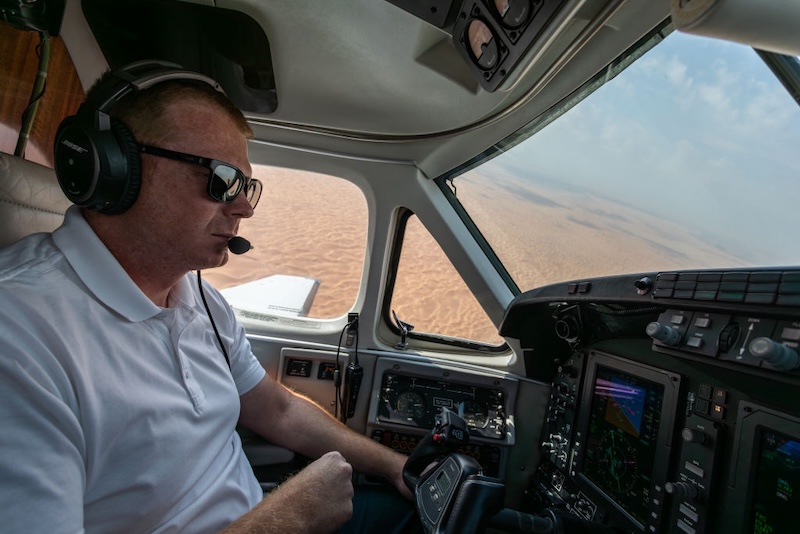
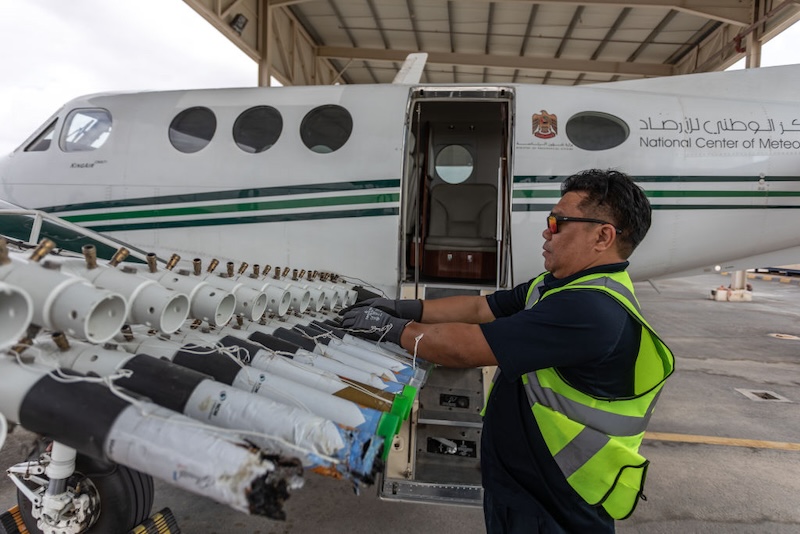
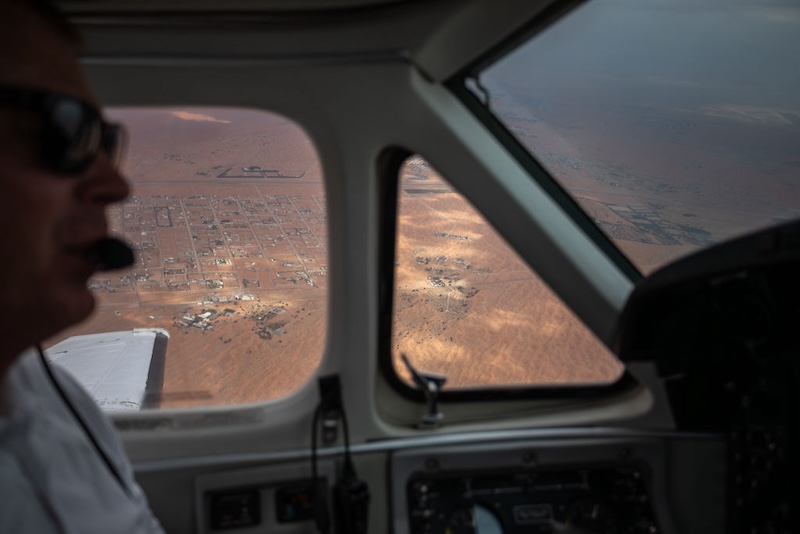

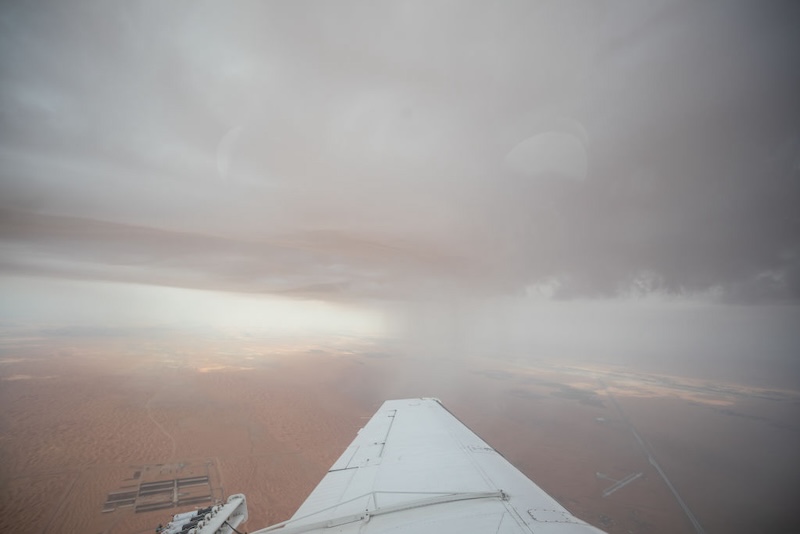
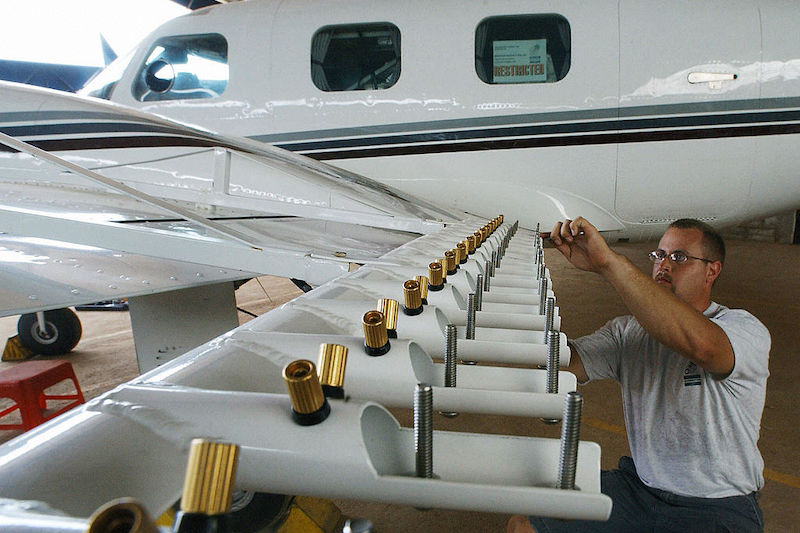










Onboard With UAE’s Weather-Altering Cloud Seeding Pilots
AL AIN, UNITED ARAB EMIRATES - JANUARY 31: Hygroscopic (water-attracting) salt flares released below a cloud during a routine cloud-seeding mission on January 31, 2024 in Al Ain, United Arab Emirates. (Photo by Andrea DiCenzo/Getty Images)
Onboard With UAE’s Weather-Altering Cloud Seeding Pilots
AL AIN, UNITED ARAB EMIRATES - JANUARY 31: Hygroscopic (water-attracting) salt flares released below a cloud during a routine cloud-seeding mission on January 31, 2024 in Al Ain, United Arab Emirates. (Photo by Andrea DiCenzo/Getty Images)
The UAE has emerged as a growing leader in cloud seeding
The UAE has emerged as a growing leader in cloud seeding
Onboard With UAE’s Weather-Altering Cloud Seeding Pilots
AL AIN, UNITED ARAB EMIRATES - JANUARY 31: A ground engineer restocking one of the UAE’s National Center of Meteorology cloud-seeding planes with new Hygroscopic salt flares on January 31, 2024 in Al Ain, United Arab Emirates. (Photo by Andrea DiCenzo/Getty Images)
Onboard With UAE’s Weather-Altering Cloud Seeding Pilots
AL AIN, UNITED ARAB EMIRATES - JANUARY 31: A view of the UAE city of Al Ain during a cloud-seeding mission on January 31, 2024 in Al Ain, United Arab Emirates. (Photo by Andrea DiCenzo/Getty Images)
Onboard With UAE’s Weather-Altering Cloud Seeding Pilots
AL AIN, UNITED ARAB EMIRATES - JANUARY 31: Captain William Murgatroyd adjusts controls during takeoff on a routine cloud-seeding mission on January 31, 2024 in Al Ain, United Arab Emirates. (Photo by Andrea DiCenzo/Getty Images)
Onboard With UAE’s Weather-Altering Cloud Seeding Pilots
AL AIN, UNITED ARAB EMIRATES - JANUARY 31: Rain falls in the distance during Captain William Murgatroyd’s cloud-seeding mission on January 31, 2024 in Al Ain, United Arab Emirates. (Photo by Andrea DiCenzo/Getty Images)
cloud seeding
cloud seeding
The UAE carries out nearly 300 cloud seeding missions annually as part of its efforts to enhance rainfall.
Are there specific types of clouds that respond best to cloud seeding, if so what do they look like and where can they most often be found?
While not all types of clouds respond equally to cloud seeding, cumuliform clouds such as cumulus clouds with a heaped shape and strong updraft at their bases are generally considered the most responsive to cloud seeding efforts.
How much rainfall a year can be attributed to cloud seeding in the UAE?
The UAE has an arid climate with less than 100mm per year of rainfall. The statistical randomisation experiment conducted during the summers of 2004 and 2005 demonstrated that cloud seeding can enhance precipitation by 15 per cent in a turbid atmosphere. This enhancement ratio could potentially reach up to 25 oer cent in a clean atmosphere.

Are there seasonal patterns to the UAE’s cloud seeding trips?
Initially focusing on summertime convection in the northeastern Hajar mountains, the UAE’s cloud seeding operations have expanded over years to encompass year-round targeting of suitable cloud candidates across the entire UAE since 2006.
What are the materials that are used and how do they work?
The UAE uses environmentally friendly materials (hygroscopic materials) in flares that contain natural salts such as potassium chloride and sodium chloride. Lately, the country has started using novel nanomaterials (hygroscopic and hydrophilic materials) that have exhibited greater efficiency than conventional materials in enhancing precipitation.
Do the seeding mission pilots have any special rituals or names for their aircraft?
The UAE has four specialised Beechcraft King Air aircrafts for seeding operations. An expert team comprising nine pilots and a dedicated scientific and technical crew, many of whom are UAE nationals, conduct these operations with precision and expertise.
How important is the role of cloud seeding in the UAE’s water security efforts?
The UAE considers water security an essential element of national security. Cloud seeding helps the country find innovative solutions that contribute to global water security by ensuring the sustainability of water resources in the UAE and other arid regions across the world.
Is the UAE a world leader in this field, what tech/practices have been conceived/pioneered here?
The UAE has emerged as a key hub for cutting-edge rain enhancement research owing to the efforts of the National Centre of Meteorology (NCM), through the UAE Research Program for Rain Enhancement Science (UAEREP), to advance rain enhancement science and technology. Since its inception, the program has focused on research innovation through methods that are aimed at stimulating rainfall in arid regions. They include nanotechnology; algorithm-based data processing; convergence zone studies; ice nucleation; optimisation of aerosol seeding; cloud electrical properties analysis; the creation of artificial clouds to induce rain; targeted observation and seeding through unmanned aerial vehicles; and advanced experimental-numerical approaches to rain enhancement.
When did cloud seeding start in the UAE, what have we learned since then?
The first attempt at cloud seeding took place in February 1982 over a specific area to the west of the country under the management of Abu Dhabi Municipality. During this time, numerous experiments were performed without any scientific bases.
The UAE cloud-seeding program started at the end of the 1990s. By early 2001, the program was cooperating with well-known organisations such as the National Centre for Atmospheric Research (NCAR) in Colorado, USA, as well as the Witwatersrand University in South Africa and the US Space Agency, NASA. In 2005, we worked as a joined research team to improve our understanding of the chemical and physical properties of frequent and seedable clouds. Our findings revealed that the hygroscopic seeding agents held the greatest potential for enhancing rainfall in the country.
The UAE launched the ‘UAE Prize for Excellence’ in Advancing the Science and Practice of Weather Modification in collaboration with the World Meteorological Organization (WMO). The scheme has since been amended with the establishment of the UAE Research Program for Rain Enhancement Science (UAEREP) in 2015 under the patronage of His Highness Sheikh Mansour bin Zayed Al Nahyan, UAE Vice President, Deputy Prime Minister and Minister of Presidential Court to promote scientific advancement and development of new technology in the field.
What is the future for cloud seeding here?
The UAE has been actively pursuing cloud seeding as part of its efforts to enhance water resources and address water scarcity in the region. By offering managed grant assistance to selected teams of researchers who present innovative ideas and project proposals relevant to the targeted research areas of each program cycle, the country aims to continue investing in cloud seeding technology and research to stimulate and promote scientific advancement and the development of new technology in this area.
Article first published Aug 23, 2023.
Images: Getty
